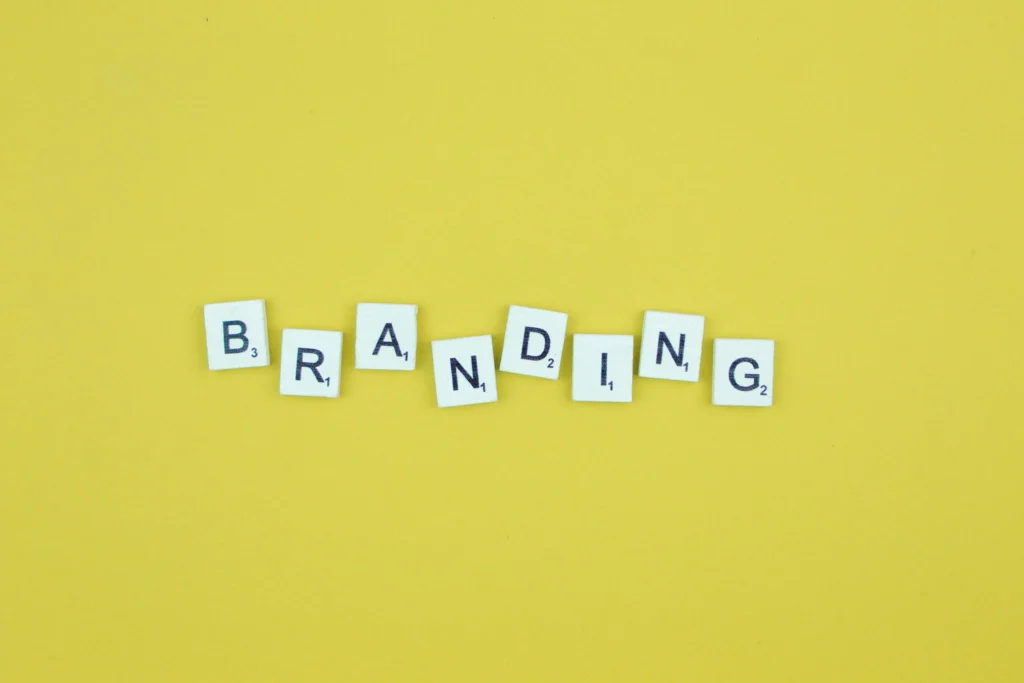
Choosing the right font is a crucial aspect of branding. A font communicates not only the name of the brand but also the tone, style, and identity of the business. As brands compete in a crowded marketplace, selecting a font that resonates with your audience and embodies your brand’s personality is essential. This article explores the factors to consider when choosing the right font for branding, along with case studies and examples to illustrate the impact of typography on brand identity.
Fonts are more than just letters; they are visual expressions of a brand’s identity. The style, weight, and arrangement of type can influence how customers perceive a business. Whether a brand aims to convey elegance, modernity, tradition, or innovation, the font choice plays a key role in shaping that perception.
For example, a luxury brand like Chanel uses a clean, sophisticated typeface that reflects its high-end positioning. In contrast, a playful brand like Disney uses a whimsical and unique typeface to evoke imagination and creativity. These choices aren’t arbitrary—they are deliberate decisions that reflect the values and personality of the brand.
Typography has a psychological impact on how we interpret words. Serif fonts, for instance, are often associated with tradition, reliability, and professionalism, making them popular among brands in finance and academia. On the other hand, sans-serif fonts are considered modern, approachable, and sleek, which is why many tech companies opt for this style.
There are four primary font categories to understand:
There are several factors to consider when selecting a font for branding. Each of these factors ensures that the font aligns with the brand’s identity and communicates effectively with the target audience.
Before choosing a font, it’s important to understand the brand’s personality. Is the brand formal or casual? Playful or serious? These questions help define the tone and voice of the brand. A playful brand may choose a rounded, bubbly font, while a formal brand might opt for a sleek, serif font.
For example, Netflix rebranded its logo in 2014 with a bolder, more streamlined font, reflecting the company’s evolution into a dominant player in the streaming industry.
Legibility is critical for a brand’s font, especially in logo design. If the font is too intricate or difficult to read, it may frustrate customers and hurt brand recognition. Choosing a clean, legible font ensures that customers can easily identify and connect with the brand, even from a distance.
A good example is Coca-Cola. Despite using a cursive script, the font remains easily recognizable and legible, even on small labels.
A versatile font works across various mediums and platforms, including digital and print. Brands need a font that remains consistent and professional whether displayed on a business card, a website, or a billboard. This is why many companies choose fonts that can scale well and maintain readability.
Google switched to a custom sans-serif font called Product Sans, designed to look great on everything from smartphone screens to large-format ads.
In a competitive market, having a distinctive font helps brands stand out. Custom or unique typefaces offer originality and can become synonymous with the brand itself. When a brand’s font is unique, it can boost brand recognition and memorability.
For example, the distinctive typeface used in the FedEx logo, with its hidden arrow symbolizing speed and precision, has become iconic over time.
Choosing the right font combination is essential for branding consistency. Many brands use a combination of fonts for headlines, body text, and logos. The goal is to create harmony between these fonts to ensure a cohesive and visually appealing design.
Let’s explore some brands that have successfully used fonts to enhance their branding:
Apple’s use of typography reflects its commitment to minimalism and simplicity. The brand has used variants of the Myriad and San Francisco fonts in its branding to convey a sense of elegance, innovation, and user-friendliness. These fonts are modern, clean, and highly legible across a range of devices and materials.
Spotify switched to the circular sans-serif typeface in 2013, aligning its font choice with its digital, user-centric brand. The rounded edges give the brand a friendly and approachable feel, while the bold weight emphasizes strength and confidence. This font choice reflects Spotify’s focus on digital innovation and user engagement.
Mailchimp’s playful, hand-drawn font in its logo reflects its informal, approachable brand personality. The use of a script-like font adds a personal touch, making the brand appear friendly and accessible to small businesses and creatives alike.
While fonts can elevate a brand, poor font choices can undermine a brand’s image. Here are some common mistakes to avoid when selecting a font:
Choosing the right font for branding is a crucial decision that impacts how a brand is perceived by its audience. A well-chosen font reflects the brand’s personality, values, and positioning while also ensuring legibility and versatility across platforms. From understanding the psychology of fonts to ensuring harmony in font pairing, there are several factors that contribute to a successful font choice. Brands like Apple, Spotify, and Mailchimp have demonstrated the power of typography in shaping their identities.
Ultimately, the right font can elevate a brand’s message, helping it connect with its target audience and stand out in a crowded market. By avoiding common mistakes and carefully considering legibility, versatility, and uniqueness, brands can create a lasting visual impact that resonates with their customers.